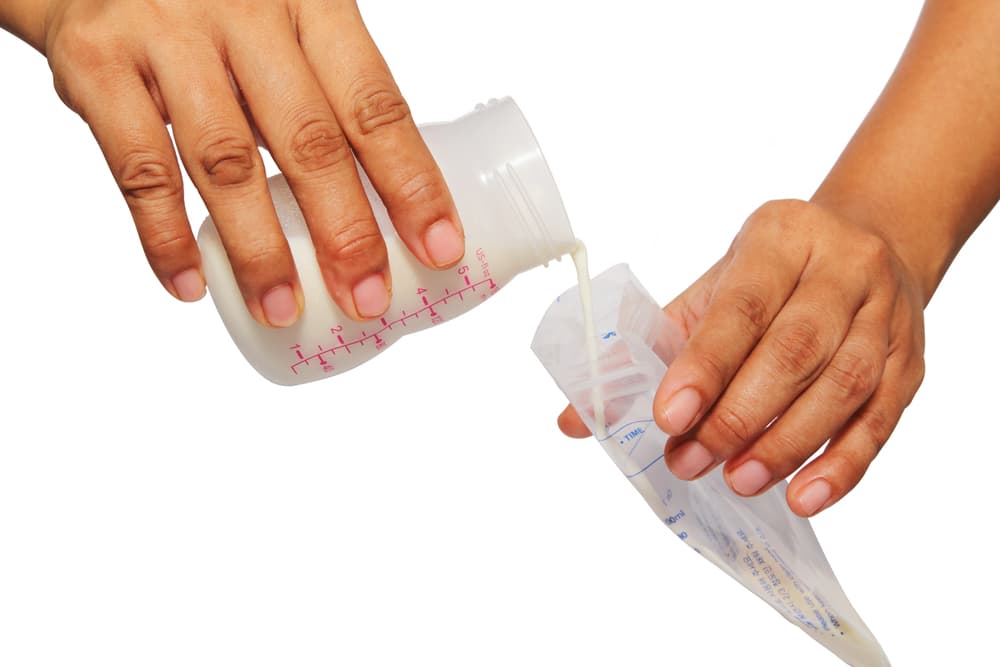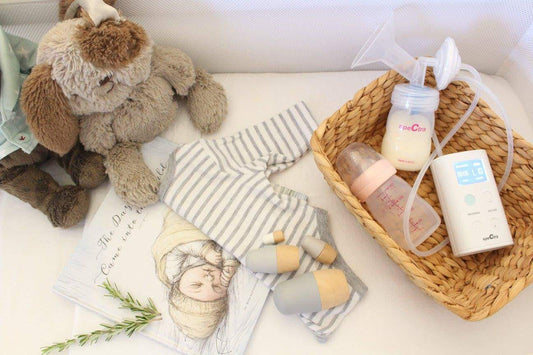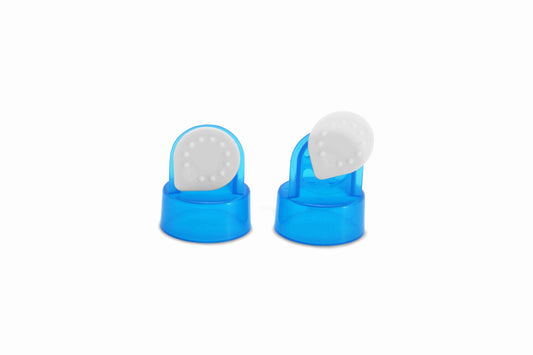What is lipase and why is it in my breastmilk?
Lipase is a naturally-occurring enzyme which helps break down milkfat, helping your baby digest your breastmilk. Different women produce different amounts of lipase, and there's no known food or diet that can change the lipase content of the milk. Lipase is completely natural and completely safe for baby to consume.Breastmilk with high lipase might taste soapy
Some women produce more lipase than others. With the higher concentration of the lipase enzyme in breastmilk, the fat content of the milk will break down more quickly, causing the milk to change in taste and scent as well. The taste is often described as soapy, which leads some mamas to believe that they didn't fully rinse their pump parts of dish soap. If you notice your expressed breastmilk changing in scent or taste after a couple days in the refrigerator, your breastmilk might have high lipase.
What if my baby refuses breastmilk with high lipase?
Although milk with high lipase is normal, natural and safe to consume, some babies don't like the taste. If you're finding your baby is refusing your milk because of high concentrations of lipase, here are some things you can do about it.Mix it into other foods
If your baby doesn't like the taste of high lipase milk, you can try mixing it into homemade purees or oatmeal for her to eat. If your baby is over one year old you could try mixing it into some infant cereals (consult your care provider first). Some mamas have sworn by a drop of vanilla extract to improve the flavor, and you might consider adding a bit of chocolate syrup to make a tasty treat for an older toddler.

Mix your breastmilk into other foods for your little one to try, like oatmeal.
Try again later
Like many things, your baby might not be too keen on the taste now, but if you try again at another time he might not mind it. Try offering it again next week, and again in another couple of weeks.Donate your stash
Did you catch onto a lipase aversion after building up a freezer stash? Consider donating your milk. Not all babies mind the taste of breastmilk with high lipase, and any amount of milk can really change someone's life. For more information on finding a milk donor network or recipient, read this blog post...
How to scald breastmilk with high lipase
Milk with high lipase is safe to drink, but what do you do if your baby refuses it but your baby needs to eat? If you want to express breastmilk for your 'picky eater,' scalding the milk will prevent its taste from changing due to lipase. Here's how to do that.- After expressing your milk, put it in a saucepan over medium heat.
- Heat until it reaches a tempurature of 82 C (180 F). You’ll see little bubbles around the edge of the milk in the pan. Do not bring milk to a rolling boil.
- Once you reach this temperature, remove the pan from heat, cool, and store it as quickly as possible.




